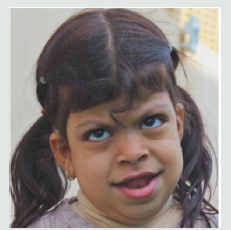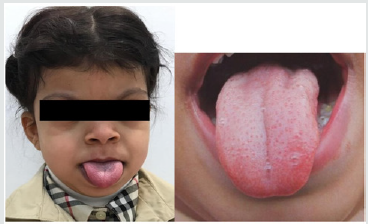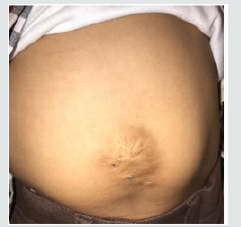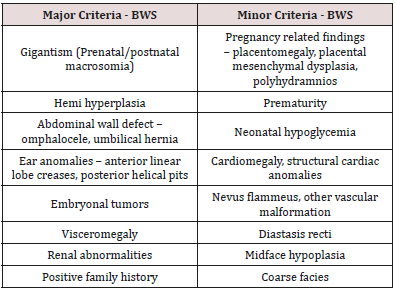Friday, February 28, 2020
Lupine Publishers: Lupine Publishers | The Influence of Yoga on Traum...
Lupine Publishers: Lupine Publishers | The Influence of Yoga on Traum...: Lupine Publishers | Open access Journal of Complimentary & Alternative Medicine Abstract Sustaining a Traumatic Br...
Tuesday, February 25, 2020
Lupine Publishers: Lupine Publishers | We Hear With our Brain as the ...
Lupine Publishers: Lupine Publishers | We Hear With our Brain as the ...: Lupine Publishers | Journal of Otolaryngology Research Impact Factor Abstract There are some stu...
Tuesday, February 18, 2020
Lupine Publishers: Lupine Publishers | Allegric Rhinitis: Pearls of W...
Lupine Publishers: Lupine Publishers | Allegric Rhinitis: Pearls of W...: Lupine Publishers | Journal of Otolaryngology High Impact Factor Abstract Statement of The Problem This provides an ove...
Friday, February 14, 2020
Lupine Publishers: Lupine Publishers | The Prevention and Treatment o...
Lupine Publishers: Lupine Publishers | The Prevention and Treatment o...: Lupine Publishers | Open Access Journal of Complementary & Alternative Medicine Abstract Native people in West...
Thursday, February 13, 2020
Lupine Publishers: Lupine Publishers | The Dynamics of Mounds-Cluster...
Lupine Publishers: Lupine Publishers | The Dynamics of Mounds-Cluster...: Lupine Publishers- Anthropological and Archaeological Sciences Journal Impact Factor Abstract Mounds are human made accumulation...
Tuesday, February 11, 2020
Lupine Publishers: Lupine Publishers | Non-Compacted Cardiomyopathy: ...
Lupine Publishers: Lupine Publishers | Non-Compacted Cardiomyopathy: ...: Lupine Publishers | Journal of Cardiology & Clinical Research Abstract Left ventricular non-compaction (LVNC) is a myocardial d...
Lupine Publishers: Lupine Publishers | Varied clinical and Oral Prese...
Lupine Publishers: Lupine Publishers | Varied clinical and Oral Prese...: Lupine Publishers | Journal of Pediatric Dentistry Impact Factor Abstract Beckwith – Wiedemann syndrome is congenital, gen...
Lupine Publishers | Varied clinical and Oral Presentation of Beckwith – Wiedemann Syndrome - Report of a Case from Saudi Arabia
Lupine Publishers | Journal of Pediatric Dentistry Impact Factor
Abstract
Keywords:Congenital; Epigenetic; Genetic; Prenatal
Introduction
BWS presents wide array of clinical manifestations such as congenital abdominal wall defects as hernia (exomphalos), gigantism, macroglossia, nevus flammeus, ear pits/hearing loss, midface hypoplasia, cardiac anomalies, hemihypertrophy, genitourinary anomalies and musculoskeletal abnormalities. To standardize the diagnostic criteria various attempts have been made to classify the major and minor criteria. Elliot et al described the diagnosis of BWS with the presence of either three major features (abdominal wall defect, macroglossia, gigantism) or two major and three minor features (ear pits, nevus flammeus, hemi hyperplasia, nephromegaly, neonatal hypoglycemia) [3]. In spite of diverse clinical presentations of BWS, most of the cases do not show characteristic features at birth but develop later in life. Also, children with BWS have significantly increased risk of cancer during early childhood which need strict follow up and monitoring. Here, we present a case of BWS with unique dental and medical presentation and its differential diagnosis with literature review.
Case Report
Other medical findings noticed omphalocele, ear pits, large child at 90th centiles, large rounded eyes with hypertelorism, abdominal soft lax, enlargement of kidney, distention of left renal pelvis with significantly distended urinary bladder, abnormal anatomy of the colon located in left abdomen and partial colonic non – rotation with no evidence of obstruction (Figure 3). Based on the clinical and past medical history a diagnosis of Beckwith – Wiedemann Syndrome (BWS) was made. Series of laboratory investigation were reviewed which presented negative urine examination, alpha – fetoprotein, karyotype, microarray and methylation analysis for BMS. Patient was advised for gene analysis and targeting testing for parents. The gene analysis of CDKN1C gene showed heterozygous alteration consistent with BWS but targeting gene tests were refused by parents. Panoramic radiograph was advised considering the patient chief complaint, which revealed multiple developing permanent tooth buds, protrusion of anterior teeth, open bite and increase in mandibular dimension (Figure 4). Under preventive measures the patient was treated for the decayed teeth and is under follow up from past 6 months.
Figure 4: Panaromic radiograph showing multiple developing permanent tooth buds, open bite and increased mandibular dimension.
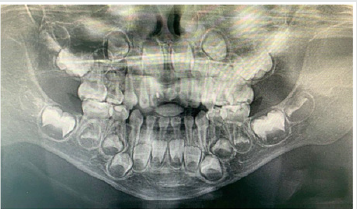

Discussion
The overall risk of BWS for tumor development/malignancies is estimated to range from 4 – 21%. The tumors reported with BWS are mainly embryonal tumors such as Wilms tumor, hepatoblastoma, rabdomyosarcoma, adrenocortical carcinoma and neuroblastoma [7]. The prenatal diagnosis with current technology is increasing representing an important tool to determine some features of BWS before birth. In our case, parents were highly orthodox and refuse to share the detailed prenatal and ultrasonic reports. Few misguided information’s were given by mother which was later clarified with the reports from the subsequent medical hospitals. Patient’s parents were advised for periodic follow up with genetic counselling and the possibility of surgical interventions in the medical units, but they refused to follow and changed the hospitals every time. Hence, an effort was put forward to retrieve the information’s related to the patient while giving her the primary treatment for which she reported to our dental unit. This suggest the need of awareness required in the country like Saudi Arabia, where most of the cases goes unreported/unnoticed or parent’ consent not given or the cultural and religion barriers that prevent reporting such cases. Though the patient was treated with dental fillings, the follow up of the patients is been restricted by the family members.
Conclusion
Beckwith – Wiedemann Syndrome patients usually grow and do well despite being at increased risk of childhood cancer. Hence, strict follow up, awareness of parents and cancer screening is mandatory. Families, physicians and dentists should determine screening schedule including abdominal ultrasound in every three months, blood test to measure alpha-fetoprotein in every six weeks, dental check-up in every six months and other symptomatic treatment schedule as and when required.
Read More Lupine Publishers Pediatric Dentistry Journal Articles : https://lupine-publishers-pediatric-dentistry.blogspot.com/
Read More Lupine Publishers Articles : https://lupinepublishers.blogspot.com/
Subscribe to:
Comments (Atom)
980 nm Diode Laser: A Good Choice for the Treatment of Pyogenic Granuloma
Abstract Pyogenic granuloma is a benign non/neo plastic mococutanous lesion . It is a reactional response to constant minor trauma and ca...

